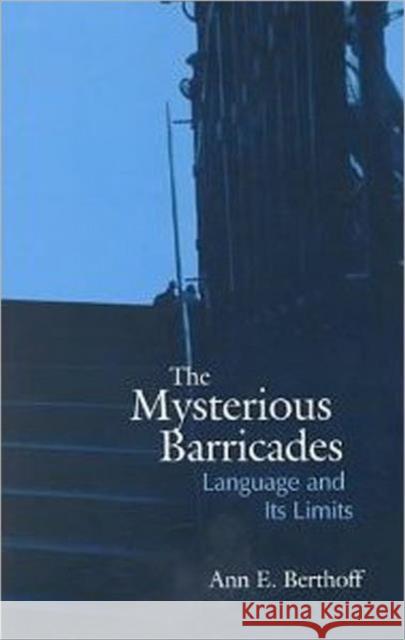The Mysterious Barricades: Language and Its Limits » książka
The Mysterious Barricades: Language and Its Limits
ISBN-13: 9780802047069 / Angielski / Twarda / 1999 / 192 str.
The Mysterious Barricades makes the case that escaping the enthrallment of recent theory in literary criticism and the philosophy of language will be impossible so long as the meaning relationship is conceived in dyadic terms. Ann E. Berthoff examines certain "dyadic misunderstandings," including the "gangster theories" fostered by Deconstruction and its successors, and offers "triadic remedies," which are all informed by a Peircean understanding of interpretation as the logical condition of signification.The remedies come from a logician, the inventor of semiotics (Peirce); a rhetorician who reclaimed practical criticism (I.A. Richards); a philologist who became the first to develop a general theory of hermeneutics (Schleiermacher); a linguist - some would say the greatest of the century (Sapir); a philosophical anthropologist who sought to define what we need to discover if we are to appreciate the role of symbols in building the human world (Susanne K. Langer); and an amateur semiotician novelist, and religious man who defined the capacity for symbolization as the power which sets the human being apart from the rest of Creation (Kleist). All have seen that pragmatism is the chief consequence of a triadic view of the sign. All have seen that the powers of language are contingent on its limits, whether linguistic or discursive. All recognize the heuristic power of limits, seeing them as "mysterious barricades."In a concluding section, Professor Berthoff turns to the idea of a "fall" into language by way of a discussion of Kleist's essays on marionette theatre and the shaping of thought at the point of utterance.











